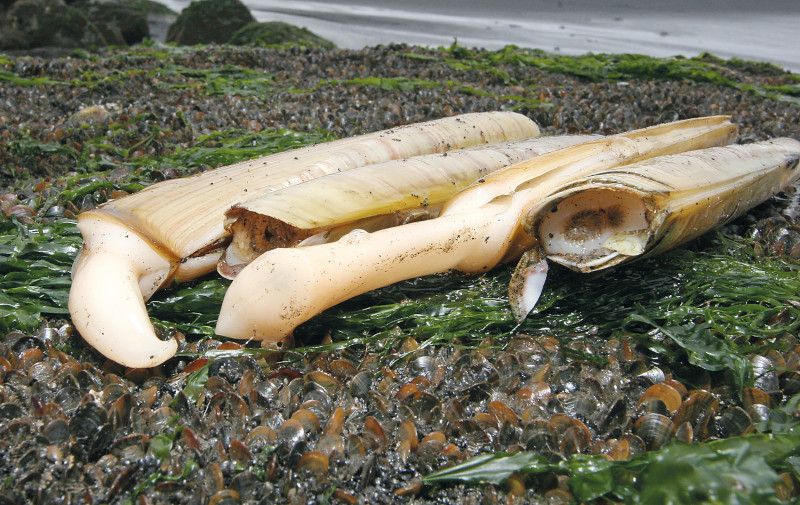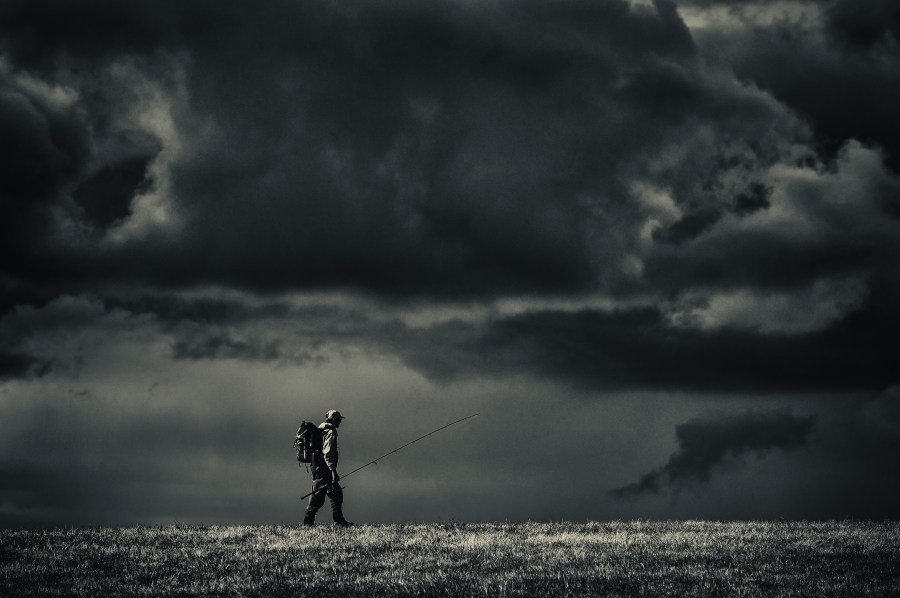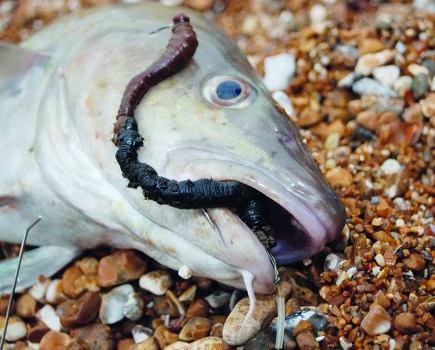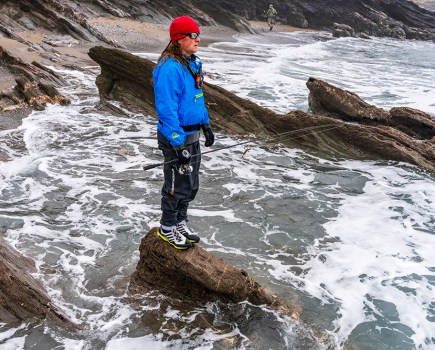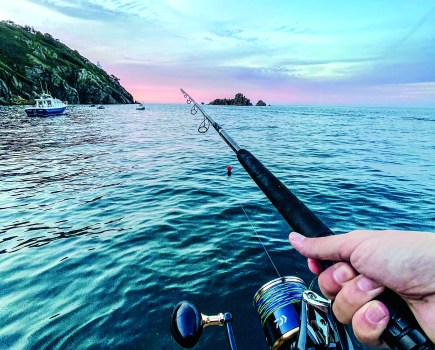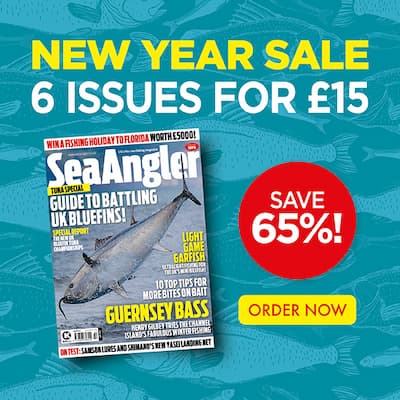I saw this fishing prayer somewhere: “When I die, please don’t let my partner sell my tackle for less than three times more than what I said it cost.”
Fair enough, a lot of anglers view their credit card limits as challenges: “Mastercard’s raised me to two thousand quid, let’s see how quickly I can spend that lot.”
Rods or reels, there is always something exciting to buy. Most of my tackle falls between cheap and mid-priced. I scramble to marks that ought to be off limits to an uncoordinated stumblebum with arthritic knees, so the last thing I need is to damage expensive gear every time I fall on my bottom.
But if you take care of your stuff, and if it gives you pleasure to fish with something beautifully engineered and built, I see no reason not to buy the best your budget will stand.
However, if you’re clumsy, tight-fisted or skint, adjust your sights accordingly. My focus isn’t on the big ticket items anyway, it’s on the cheaper and less visible bits and bobs that often make the difference between a successful session and a blank.
Mostly that difference is down to giving yourself more options as to how you fish.I’ll start with a relatively costly item, braid. Most lure fans use it – including me – but I love it also for fishing with bait in the surf.
I don’t care that it’s easy to cast with, generally I chuck my beach gear less than 40 yards. Where it helps is with drag. In a howling wind monofilament’s hauled hither and yon, and whipped around like a kite-surfer being chased by a great white shark. The thinner diameter of
braid means I can stay in touch with my lead weight, and use a lighter one than I’d need if I had a spinnaker of mono yanking it about.
Even better, I can stay in touch with my lack of weight. In calm weather I like to freeline a whole squid or a mackerel, letting it drift along in whatever current I can find.
The limpness and low stretch of braid is perfect for that detail. I can feel my bait trickling across the sand until – with luck – it stops trickling as a fat bass grabs hold.
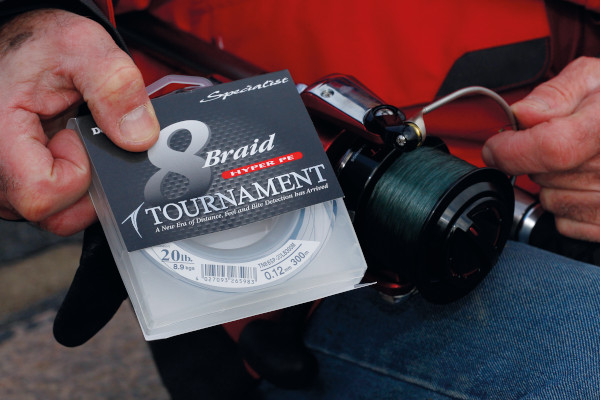
Be Selective
Moving on to the stuff we cart around in our lure bags, you might think nobody needs help buying even more artificials.
I run into people with boxes like picnic hampers for Desperate Dan, with more than enough room for a cow pie, and yet the containers are full. Others are minimalists, with a small selection of lures.
Even when anglers fall in love with just a few patterns, some buy them in every colour scheme available. They’re like restaurants that specialise in hamburgers.
You can have your burger topped with blue cheese, pulled pork, barbecue sauce, maple bacon, tofu, or mango and kumquat marmalade.
But if you fancy chicken wings or a pizza you’re out of luck. Yet bass can be selective feeders, homing in on a single prey species almost to the exclusion of anything else.
When they’re stuffing themselves with two-inch whitebait, or even tinier jelly-fry or weed maggots, they can be hard to interest in a big plug. My rock-hopping bag – I don’t really hop, more like scramble and lurch – has things to suggest these tiny mouthfuls.
A 20g Toby does the job when the whitebait are around, while maggots or mini-fry are best imitated by tying a little fly on to a dropper and fishing it in front of something else.
If you don’t tie flies, a baby sabiki, size 6 or so, looks pretty much like a jelly-fry as well. The only caution is that you should fish them one at a time.
A lad who saw me catching bass on a silvery tinsel effort decided to have a bash with a leash of five mini-feathers. Beaching four 2lb fish at the same time isn’t easy, and the poor chap snapped the tip of his rod as he tried to slide them through the wave.
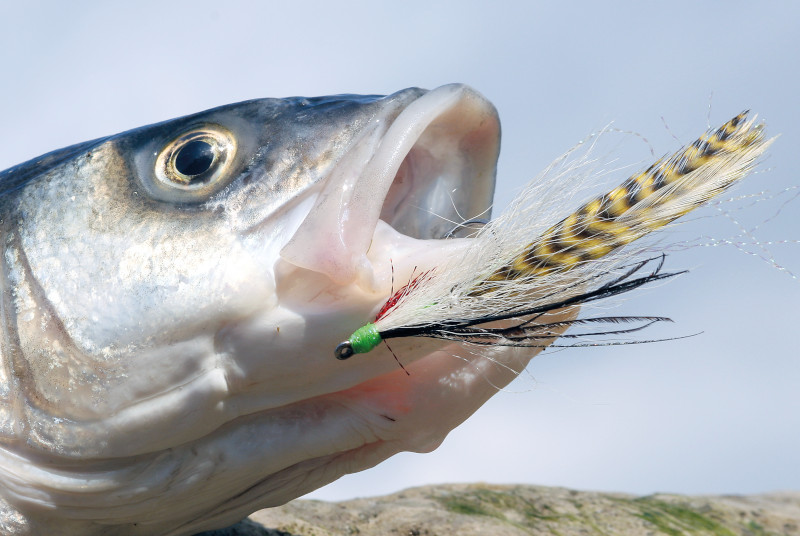
Weather Beaters
The other cheap blank-busters in my lure collection come into their own when the weather plays up. If it’s as flat as a dab I never do much good with plugs, spoons or shads.
In glassy water they seem too loud and obvious, like Elvis impersonators gate-crashing a state funeral. But an unweighted soft plastic is more subtle, so I fish it with more confidence.
Many people will tell you that confidence is a major ingredient of success. If you suspect you’re fishing like a prize plonker this creates a self-fulfilling prophecy and you fish like one. But if you reckon you’re doing a pretty good job, often the bass seem to be affected by your optimism.
Really rough seas call for different artificials as well. When giant swells are crashing in I steer clear of rock marks. A couple of friends are helicopter rescue crewmen, their stories would make my hair curl but for the fact that I’m bald.
So in stormy weather my lure-fishing’s from safe, flat beaches. There you need something that flies aerodynamically, even into a howler.
I go with thin metal jigs in the 30g to 50g range. Bounced along the bottom in a foamy surf-table, they attract bass quite well. To avoid snagging the bottom I remove the treble hooks and replace them with singles.
One wild October morning I met a holidaymaker on my local beach. Except at high water, it’s very gently shelved, ideal in hairy conditions, as long as you stand sensibly far back from the water to allow for the occasional monster swell.
I was chucking my jig 30 or 40 yards into the gale and fishing it through the froth. There were a few bass to be had.
I never feel the need to cast further than I’m able and I reckon a lot of anglers put too much emphasis on the mighty fling, but this visitor really needed a bit more distance.
Bass feed close in, but I’ve never caught one on dry land, and his popping plug was hardly getting wet. He’d hurl it at the horizon, then a gust would stop it in its tracks and swipe it back on to the sand.
I suggested he tried a metal lure, but he didn’t have one. Out came one of my spares, a 40g blue and silver number, and he was in business. We didn’t have any trophy fish, but we had a fair few up to about 3lb, and a lot of very fresh air.
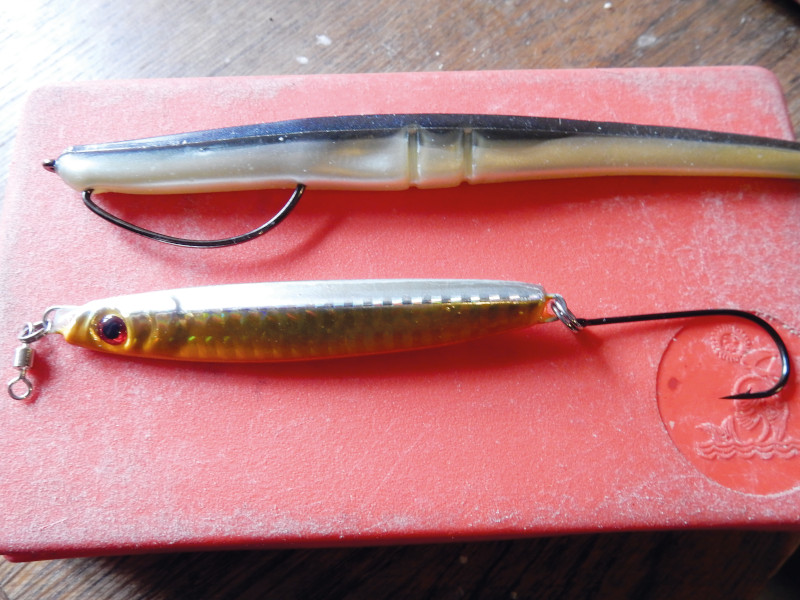
PLAIN SAILING
Back to bait, and as with lures I find some anglers box themselves into specific approaches. I run into people equipped with a supply of what they call beach-fishing weights, four or six ounce efforts with wires to grab the bottom.
I use grip leads myself, but only if it’s so rough that I’ve no choice. In a moderate wave, up to four or five feet, I’d as soon use a wired sinker as eat a Cornish pasty made in Crediton or Caracas.
Most beaches have uneven sea floors, ridges and channels, flat areas and potholes. As things wash around they find their way into the depressions in the sand, and that’s where bass seem to go hunting for their food.
Therefore I like my bait to move through the surf, from channel to channel, pothole to pothole. That requires a bomb weight, one that’s not quite big enough to hold bottom.
My fishing jacket is a storeroom, containing bombs in all sizes from one to four ounces, so I can adjust the weight used to suit changing conditions.
Of course, a moving rig means you can’t rest your rod. You have to keep it in your hand to stay in touch. But your rod really doesn’t need a rest when it’s on the shore, it’ll have plenty of time to relax when you drive home, give it its shower, and put it to bed in the shed.
SPARE BAIT
There’s one more thing that can make the difference between a blank and a bonanza – spare bait. As when I’m lure fishing, I find bass on the beaches are fixated feeders.
They change their diet as different sources of calories drift into their browsing spots, and you never can be sure what’s going to tickle their fancies.
For instance, in summer and early autumn I do best with mackerel, but once the day-boats start jigging for squid the bass want the calamari special from the seasonal menu.
When gales smash up the sand and the rocks, they can prefer the mussels and razor clams dislodged by the hoolies. The problem is that you don’t know from one day to the next what’s going to work; so it makes sense to be flexible.
I take the bait I expect to be fishing, and one or two other choices from the deep freezer. If you like to smell fresh and hygienic you can freeze small portions in sealable containers. And if, like me, you’re resigned to a permanent aroma of stale marine life, just shove them in a bag in your pocket.
Squid, mussels and razor clam are ideal back-ups, even when they thaw out a bit you can re-freeze them without making them any less attractive. Whatever bait you use the important thing is to have a Plan B.
One September morning I was on a wild, exposed beach at about three o’clock. The mackerel were running like Usain Bolt, the price on Newlyn market was next to nothing, so I started with a whole joey.
One hour, three moves, one weever. Okay, it was a big weever, but I really don’t like weevers one bit. As I wandered along the sand I noticed a crunchy sound under my boots.
On with the torch, there were mussel shells everywhere. And glory be, I had a bag of squid and some frozen mussels in my jacket.
I thawed the mussels, lashed three or four on to my hook with elastic, and had three bass in an hour, the best just under 7lb.
On the way back to the car I ran into two local boys.
They were fishing with lugworms and all they’d caught were baby flounders. I gave them my last dozen mussels, and while I was still helping the younger lad to tie them on to his hook the older boy missed a thumping bite.
Then baby brother beached a four-pounder. More choices mean more bass, and they needn’t cost a packet.
You can top up your kitbag, give yourself a few extra options, and still splash out on that new rod or reel you fancy.
